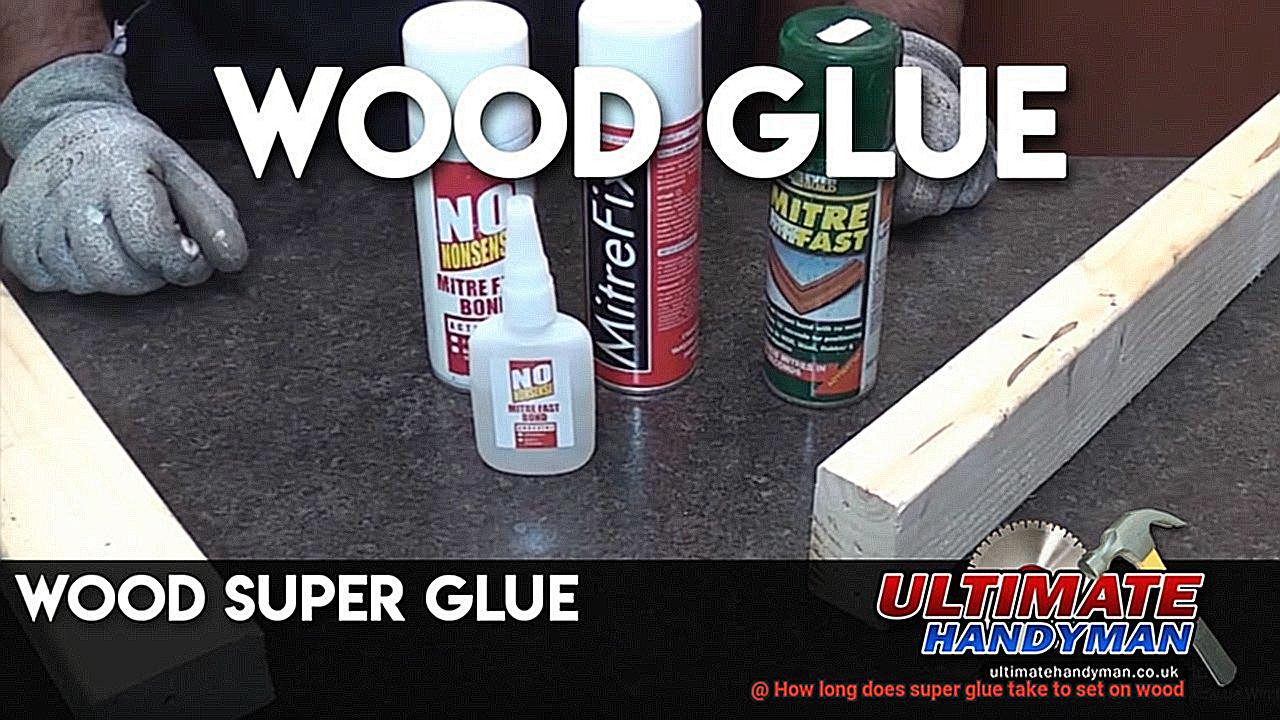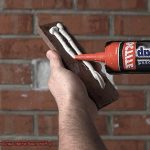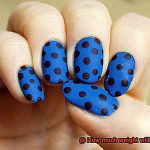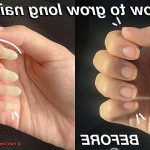Imagine this: you’re knee-deep in a DIY project or trying to fix a treasured wooden item, and you reach for that trusty super glue. You carefully apply it to the wood, and now the waiting game begins. As you anxiously hold the pieces together, you can’t help but wonder, “How long does this stuff actually take to set on wood?”
This burning question has left both DIY enthusiasts and seasoned pros scratching their heads. So, let’s dive into the captivating world of adhesive bonding and uncover the secrets behind super glue’s setting time on wood. In this article, we’ll explore all the factors that come into play, providing you with insights and tips to achieve picture-perfect results in your projects.
Get ready to unravel the mysteries of how long it takes for super glue to solidify on wood. Armed with this knowledge, you’ll never have to nervously wait for your creations to come together again.
Factors that Affect the Setting Time of Super Glue on Wood
Contents
Super glue, also known as cyanoacrylate adhesive, is a popular choice for bonding wood due to its quick setting time and strong adhesion. However, the setting time can vary depending on several factors. In this article, we will explore the various factors that can affect how fast super glue sets on wood, providing you with valuable insights to achieve optimal bonding results.
Type of Super Glue:
Different formulations of super glue are available in the market, each with its own specific setting time. Some super glues are designed to set quickly, while others may take a bit longer to fully cure. Therefore, it is essential to select a super glue that suits your specific needs and desired setting time.
Temperature and Humidity:
Temperature and humidity play a significant role in the setting time of super glue on wood. Generally, super glue sets faster in warmer temperatures and higher humidity levels. Heat helps accelerate the chemical reaction that causes the glue to harden.
Conversely, colder temperatures and low humidity can slow down the setting process. It is advisable to work in an environment with moderate temperature and humidity levels for optimal results.
Porosity of Wood:

The porosity or absorbency of the wood surface can affect how quickly super glue sets. Woods with more open grains or rough surfaces tend to absorb the glue more rapidly, leading to faster setting times.
In contrast, smoother or denser woods may require more time for the glue to fully set due to slower absorption. It is important to consider the type of wood you are working with and adjust your expectations accordingly.
Amount of Glue Applied:
The amount of super glue applied to the wood also impacts the setting time. Applying a thin layer of glue allows for faster drying as it provides a larger surface area for evaporation. On the other hand, using too much glue can prolong the setting process as excess moisture needs to evaporate before the bond fully forms. It is crucial to apply the right amount of glue to ensure a strong and efficient bond.
Bonding Surface Preparation:
Proper preparation of the bonding surfaces is essential for achieving optimal setting times. Thoroughly clean and dry the surfaces to remove any dirt, dust, or moisture that could interfere with the adhesive properties of the glue. Additionally, roughening or sanding smooth surfaces can enhance bonding by increasing surface area contact.
Pressure and Clamping:
Applying gentle pressure or using clamps during the setting process can significantly affect the bonding strength and setting time of super glue. Gentle pressure applied to the glued surfaces helps ensure a tight bond and can expedite the setting time. However, be cautious not to apply excessive force, as it may cause the glue to squeeze out and weaken the bond.
Type of Wood
In the realm of woodworking, super glue is a valuable ally for creating sturdy and long-lasting bonds. However, it’s important to note that the type of wood you work with can significantly impact the setting time of super glue. This article delves into the distinctions between hardwood and softwood and their influence on the drying time of super glue. So, grab your tools and let’s explore how to make the most of your woodworking projects.
Hardwood vs. Softwood:
Density and Porosity:
Diving into the world of wood, we encounter hardwoods like oak, maple, mahogany, and walnut, which possess denser and less porous characteristics compared to softwoods such as pine, cedar, and spruce.
The lower porosity of hardwoods means that super glue takes longer to set on these woods. The compact nature of hardwoods slows down the glue’s absorption into the wood fibers, prolonging the drying time.
Absorption Rate:
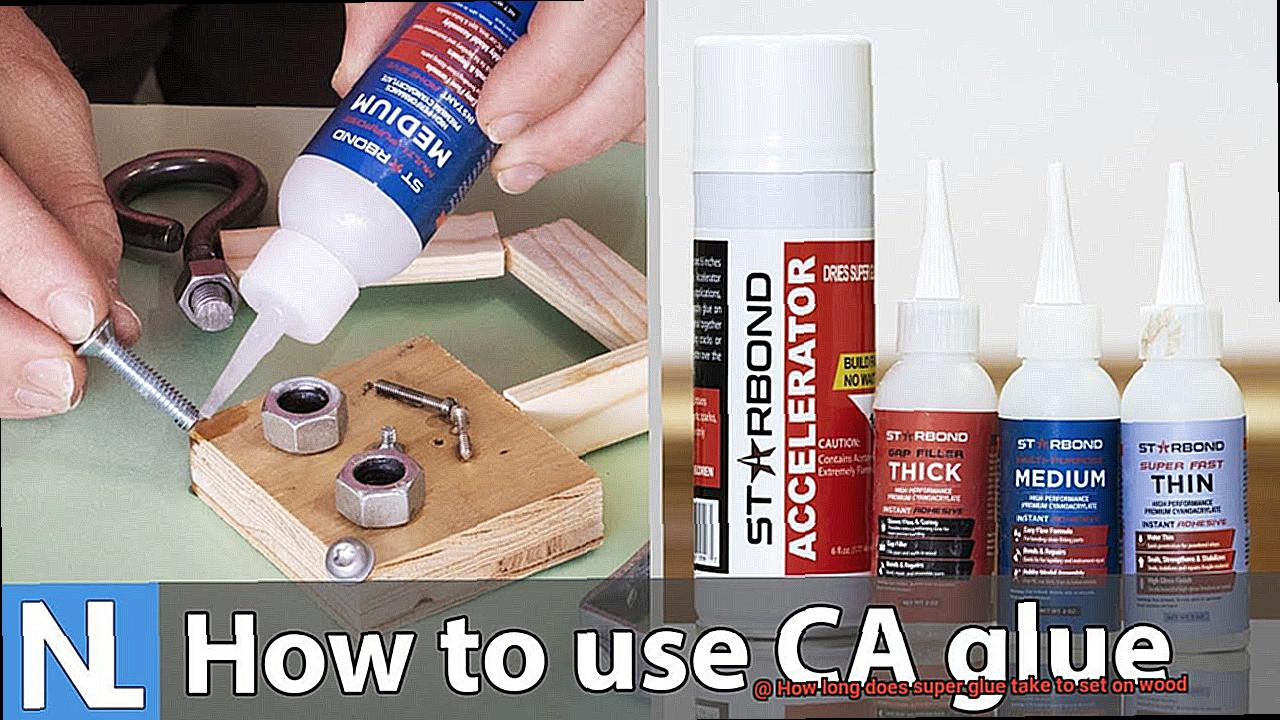
In contrast, softwoods exhibit higher porosity, resulting in quicker absorption of super glue. Consequently, the setting time for super glue on softwoods is generally shorter than that for hardwoods.
Nevertheless, it remains vital to allow ample time for complete curing before subjecting the wood to stress or pressure.
Variations within Hardwood and Softwood Categories:
Hardwoods:
Not all hardwoods are created equal in terms of density and porosity. Woods like oak and mahogany boast higher density levels and tighter pores compared to maple or walnut. These variations can significantly impact the drying time of super glue.
Softwoods:
Similarly, within the realm of softwoods, variations in porosity exist. For instance, pine may absorb super glue more rapidly than cedar due to its higher porosity.
Moisture Content:
Besides wood type, moisture content stands as a crucial factor affecting super glue’s setting time on wood. Excessive moisture in wood impedes proper glue setting and effective bonding, resulting in weak adhesion. Therefore, it is essential to ensure that the wood is adequately dried before applying super glue for optimal results.
Humidity Levels
Brace yourself, for the answer lies in the enigmatic world of humidity levels. In this captivating article, we will embark on a journey to unravel the mesmerizing relationship between humidity and the setting time of super glue on wood.
The Impact of Humidity:
Catalyst in Moisture:
Prepare to be astounded as we delve into the extraordinary role that moisture plays in activating the curing process of super glue, also known as cyanoacrylate adhesive. Picture this: in high humidity environments brimming with moisture, this remarkable glue springs into action, setting faster than a hummingbird’s wings. On the flip side, in parched low humidity environments where moisture is scarce, the setting time may be prolonged, leaving you yearning for that strong bond.
Seeking the Sweet Spot:
Now, brace yourself for a revelation that will make your creative soul dance with delight. The optimal humidity range for super glue to work its magic typically falls between 40% and 60%. Within this harmonious realm, the glue achieves its zenith of curing prowess without compromising its bond strength. But beware. Venture too far into the treacherous realm of extremely high humidity levels above 80%, and you risk suffering from a case of hasty bonding, resulting in a weaker connection. Similarly, meander into the arid plains of extremely low humidity levels below 30%, and the setting time may stretch into eternity.
Brand and Formulation Secrets:
Remember that these are merely guiding principles bestowed upon you by the masters of science. Each brand and formulation of super glue possesses its own intricate dance with humidity. To unlock the precise requirements of your chosen adhesive, seek wisdom in the sacred texts bestowed by the manufacturers. Peruse their carefully crafted instructions or consult their hallowed technical data sheets for the true path to enlightenment.
Factors Influencing Setting Time:
Humidity does not reign supreme alone in this grand symphony of setting time. Temperature and airflow also flaunt their influence, conducting a mesmerizing performance alongside their moisture companion. Through the heat of higher temperatures, curing accelerates its rhythm, while the chill of lower temperatures slows it down. And behold. Adequate airflow, like a gentle breeze whispering secrets, promotes moisture evaporation, hastening the process.
Amount of Glue Applied
Prepare to embark on a captivating journey into the realm of glue application. Today, we shall unlock the secrets surrounding the crucial question of how much super glue should be applied to wood surfaces. Brace yourselves, for this is a topic you simply cannot afford to overlook.
Striking the Balance: The Key to Success
In the intricate world of gluing wood, finding the perfect balance is paramount. Too little glue results in a feeble bond that languishes in sluggishness during setting. Conversely, an excess of glue leads to unsightly messiness and prolonged drying times. We find ourselves entangled in quite the sticky situation.
Honoring the Instructions: A Golden Rule
To evade potential mishaps, it is imperative to faithfully adhere to the manufacturer’s instructions. Different brands and types of super glue may demand varying amounts for optimal performance. Spare a moment to peruse those minuscule letters adorning the bottle – trust me, it is an investment that pays off.
Embracing Thinness: The Path to Strength and Speed
For a robust bond and hastened setting time, our aim should be a thin, even layer of glue. This fosters enhanced contact between the adhesive and the wood surface, resulting in a match made in the very heavens of glue.
Safeguarding Wood’s Splendor: A Pledge Against Oversaturation
None among us desires stained or warped wood surfaces, correct? Oversaturating our beloved wood with glue births precisely such horrors. Exercise caution, dear friends, for restraint is key – remember, even a modest amount carries great power.
Taming Squeeze-Out Dramas: An Ode to Neatness
An excess of glue yields untold quantities of squeeze-out when pressure is applied to join the surfaces. These obstinate residues not only vex our souls during clean-up but also besmirch the final appearance of our bond. Let us pledge ourselves to a realm of tidiness and order, shall we?
In summation, the application of an optimal amount of super glue to wood surfaces stands as a vital prerequisite for forging a resilient bond with a swiftness of setting. By faithfully adhering to the manufacturer’s instructions, employing a thin layer of adhesive, and steering clear of excessive glue, you shall swiftly ascend to the ranks of glue mastery.
Different Brands and Formulations of Super Glue
Super glue, the adhesive superstar of the DIY world, has revolutionized the way we tackle wood projects. With its extraordinary bonding strength and lightning-fast setting time, it has become a staple for wood enthusiasts. But not all super glues are created equal. Let’s explore the diverse landscape of brands and formulations available, ensuring you choose the perfect adhesive for your woodworking needs.
When it comes to super glue brands, three names rise above the rest: Gorilla Glue, Loctite, and Krazy Glue. These powerhouses offer a range of formulations, each with its own unique features. Gorilla Glue steals the show with its exceptional bonding strength and versatility. Offering both gel-based and liquid formulations, it caters to a variety of wood applications.
For those working on vertical surfaces or needing to fill gaps in wood, a gel-based super glue is a game-changer. Its thick consistency ensures the glue stays put, eliminating any pesky drips or runs. Gorilla Glue’s gel formula is a go-to for these scenarios, delivering steadfast adhesion and peace of mind.
However, if you’re tackling smaller projects or need a rapid bond, look no further than Loctite’s liquid super glue. This formulation dries in a flash, forming a robust bond in no time. Perfect for precision work or when time is of the essence, it guarantees efficiency without sacrificing strength.
Selecting the right super glue for your wood-related endeavors requires careful consideration. Some glues are designed specifically for porous materials like wood, ensuring an unyielding and long-lasting bond. Others boast innovative features such as quick-drying or moisture-resistant properties that can be advantageous depending on your project’s requirements.
Initial Setting Time for Super Glue on Wood
Super glue, also known as cyanoacrylate adhesive, has revolutionized woodworking with its fast setting time and strong bonding capabilities. In this article, we will explore the concept of initial setting time for super glue on wood, delving into the factors that influence it and providing tips for achieving optimal results.
Factors Influencing Initial Setting Time:
- Wood Type: Different types of wood have varying porosities and moisture levels, which can affect the speed at which super glue sets. Hardwoods generally have a longer initial setting time compared to softwoods.
- Humidity Levels: High humidity can slow down the curing process of super glue. Working in well-ventilated areas or using dehumidifiers can expedite drying.
- Glue Formulation: Various brands and formulations of super glue may have different setting times. It is crucial to follow the manufacturer’s instructions for specific guidance on drying and curing times.
- Surface Preparation: Properly cleaning and drying the wood surface before applying super glue ensures better adhesion and faster curing. Smooth, sanded surfaces provide a stronger bond.
Tips for Faster Setting Time:
- Apply a thin layer of glue evenly on both surfaces to promote faster bonding.
- Use clamps or other securing methods during the initial setting time to prevent movement or stress on the joint.
- Work in a well-ventilated area or use a dehumidifier to control humidity levels and expedite the curing process.
Curing Time for a Strong Bond
In this blog post, we will dive deep into the research and provide you with all the information you need to know.
Curing time refers to the amount of time it takes for the glue to fully harden and create a strong bond between two surfaces. It is an important factor to consider when using super glue because a premature bond can result in a weak connection that may easily break or fail.
Most super glues on the market today have a curing time of around 10 to 30 seconds. That’s right, within a matter of seconds, you can have a solid bond between your pieces of wood. However, don’t be fooled by this quick initial bond. It is essential to let the glue fully cure for about 24 hours to achieve maximum strength.
During this 24-hour curing period, it is crucial to avoid any movement or stress on the bonded surfaces. Any disturbance during this time can disrupt the bonding process and weaken the final result. To prevent this from happening, it is recommended to clamp or hold the pieces together firmly until the glue has fully cured.
Several factors can affect the curing time of super glue on wood. The type of super glue used plays a role in determining curing time. Different brands and formulations may have slightly different curing times, so it’s always a good idea to follow the instructions provided by the manufacturer.
The type of wood being bonded also influences the curing time. Porous woods such as oak or pine may absorb more of the glue and require slightly longer curing times compared to denser woods like mahogany or maple.
Environmental conditions can also impact the curing time of super glue. Warmer temperatures generally accelerate the curing process, while colder temperatures can slow it down. Higher humidity levels can speed up curing, while low humidity may extend the curing time.
In conclusion, the curing time for a strong bond when using super glue on wood typically ranges from 10 to 30 seconds for the initial bond to form. However, it is important to allow the glue to fully cure for about 24 hours to achieve maximum strength. Factors such as the type of super glue used, the type of wood being bonded, and environmental conditions can influence the curing time. By following the manufacturer’s instructions and taking extra precautions, you can ensure a successful and durable bond.
Tips for Applying Super Glue to Wood
Super glue, also known as cyanoacrylate adhesive, is a go-to choice for bonding wood due to its quick setting time and exceptional adhesion. In this comprehensive guide, we will walk you through essential tips and tricks for applying super glue to wood, ensuring a bond that will stand the test of time.
Step 1: Prepare the Wood Surface
Before diving into the super glue application, take a moment to prepare the wood surface. Just like an artist preps their canvas, wipe away any dust, dirt, or grease using a clean cloth or a mild detergent and water solution. This step ensures a clean foundation for a masterpiece bond.
Step 2: Choose the Right Super Glue
Not all super glues are created equal, especially when it comes to wood bonding. Select a super glue specifically designed for wood surfaces. These glues have a thicker consistency, providing better coverage and a stronger bond. Think of it as choosing the perfect brush for your work of art.
Step 3: Apply Sparingly, Spread Evenly
Remember, less is more when it comes to applying super glue. A small drop or thin line of glue is sufficient along the surfaces that need bonding. To achieve an even layer, utilize a small brush or toothpick to spread the glue evenly. Imagine yourself delicately blending colors on a canvas.
Step 4: Press Firmly and Hold
Once the glue is applied and spread evenly, it’s time to bring the pieces together. Press the surfaces firmly, ensuring they align perfectly. Use clamps or weights to hold them in place while the glue sets. This step is like adding the final touches to your artwork, ensuring every element is in its rightful place.
Step 5: Allow Ample Drying Time
Patience is key when it comes to super glue. While it sets quickly, we recommend allowing it to dry for at least 24 hours to achieve maximum strength. During this time, avoid any movement or stress on the bonded surfaces. Think of it as the time needed for paint to dry before signing your masterpiece.
Step 6: Sand and Finish
Once the super glue has fully dried, take a moment to refine your creation. Lightly sand the bonded area using fine-grit sandpaper, smoothing any rough edges or excess glue. This step polishes your artwork, revealing its true beauty. Consider applying a clear finish or sealant to protect the wood and enhance its appearance, just as a varnish does to a painting.
NRwDniS9obM” >
Also Read: How Long Does Super Glue Take to Dry?
Conclusion
Super glue is a handy adhesive that can bond wood together in no time.
But how long does it actually take to set on wood? Well, the good news is that super glue dries incredibly fast on this material.
In fact, you’ll start seeing results within seconds. Yes, you read that right – mere seconds.
That means you don’t have to wait around for hours, twiddling your thumbs and hoping for the best. With super glue, you can get back to your woodworking project in a jiffy.
So say goodbye to lengthy drying times and hello to instant gratification. Your wood pieces will be securely bonded before you even know it.
So whether you’re fixing a broken chair leg or creating a stunning wooden masterpiece, super glue is your go-to adhesive for quick and reliable results.

